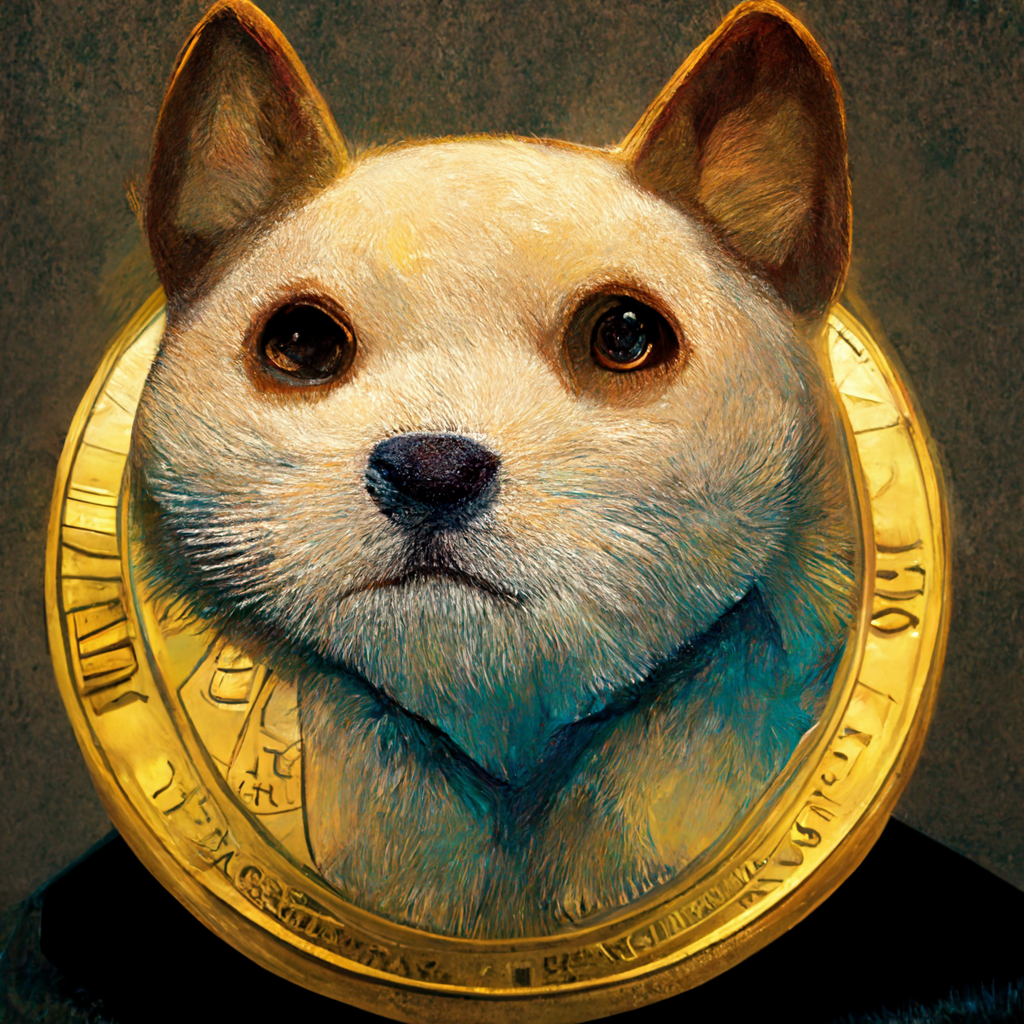Open-source peer-to-peer cryptocurrency Dogecoin (DOGE) is used for making and receiving digital payments carried out on the Dogecoin blockchain network. Software developers Billy Markus and Jackson Palmer created Dogecoin, which went live in December 2013 as a decentralized cryptocurrency for quick payments. A hard fork of the now-inactive Luckycoin, a fork of Litecoin, gave rise to Dogecoin at first (LTC). As a result, Dogecoin, a fork of a fork (of a fork), entered the cryptocurrency market with a reputation as a “joke coin,” which its loyal community gladly accepted. Dogecoin is mostly driven by its enthusiastic, devoted holders because it has no CEO or any official organization backing it.
Year over year, DOGE’s user base expands, driving up prices and driving the market capitalization to all-time highs. As a “light” cryptocurrency, DOGE is mostly used for crowdfunding and tipping online content providers, although it is also accepted as payment by an increasing number of businesses.
Dogecoin’s price and value can also be influenced by significant worldwide movements that help all the other cryptocurrencies in the market move together. The price of DOGE may move in accordance with general trends, which are typically driven by Bitcoin, the most valuable cryptocurrency. The application of DOGE, which primarily functions as a reward on social networking platforms, a way to tip content creators, and a way to send and receive tiny payments with essentially no fees, also affects the value of DOGE.
Some might ask what the security measures are for a coin as such, miners are required by the Dogecoin network to protect the blockchain and approve transactions. PoW regulations are upheld by full nodes, and miners use their computing power to solve mathematical problems. A new block is created, transactions are confirmed and permanently recorded, and miners are compensated with 10,000 DOGE by solving an equation.
